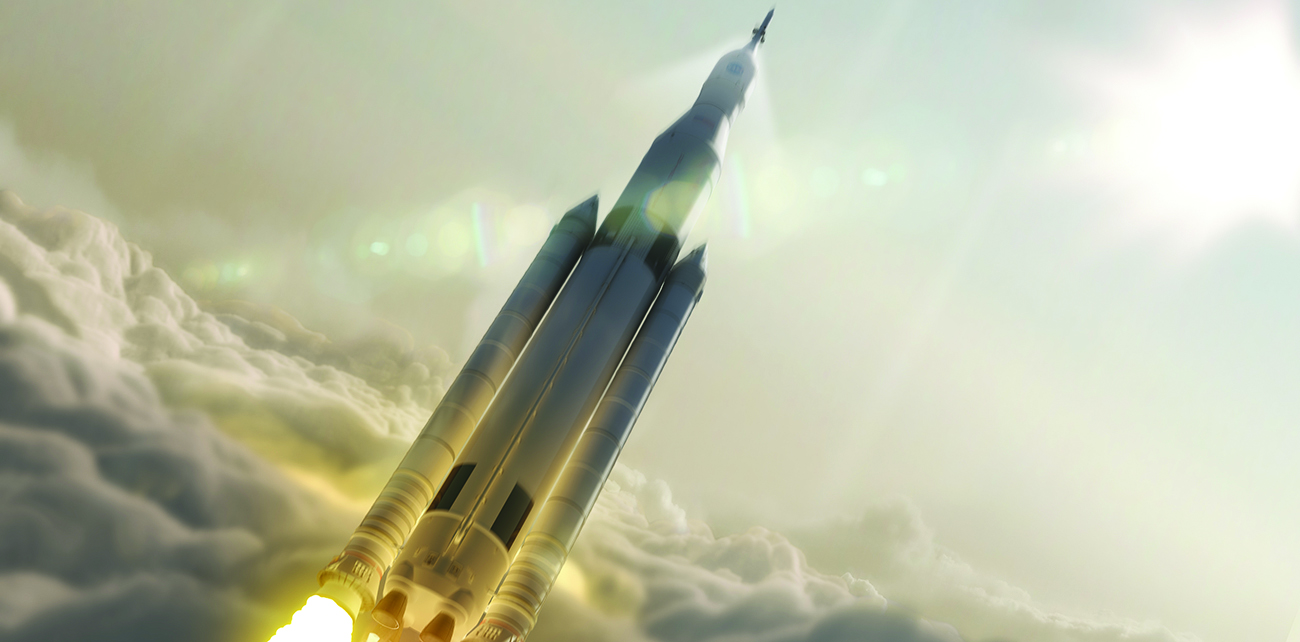Chapter 8: Chemical Equations
Enhanced Introductory College Chemistry
by Gregory Anderson; Caryn Fahey; Jackie MacDonald; Adrienne Richards; Samantha Sullivan Sauer; J.R. van Haarlem; and David Wegman;
Chapter Contents
- 8.1 Writing and Balancing Chemical Equations
- 8.2 Classifying Combination, Decomposition, and Combustion Reactions
- 8.3 Classifying and Completing Single- and Double-Displacement Reactions
- Summary
- Review
Except where otherwise noted, this OER is licensed under CC BY 4.0
Please visit the web version of Enhanced Introductory College Chemistry to access the complete book, interactive activities and ancillary resources.
In this chapter, you will learn about
- Components of a chemical equation
- Writing chemical compounds in a chemical reaction
- Balancing chemical reactions
- The 5 types of chemical reactions (combustion, combination, decomposition, single displacement and double displacement)
To better support your learning, you should be familiar with the following concepts before starting this chapter:
- States of matter
- Elements
- Compounds
- Moles
- Molar mass

Solid-fuel rockets are a central feature in the world’s space exploration programs, including the new Space Launch System being developed by the National Aeronautics and Space Administration (NASA) to replace the retired Space Shuttle fleet (Figure 8a). The engines of these rockets rely on carefully prepared solid mixtures of chemicals combined in precisely measured amounts. Igniting the mixture initiates a vigorous chemical reaction that rapidly generates large amounts of gaseous products. These gases are ejected from the rocket engine through its nozzle, providing the thrust needed to propel heavy payloads into space. Both the nature of this chemical reaction and the relationships between the amounts of the substances being consumed and produced by the reaction are critically important considerations that determine the success of the technology. This chapter will describe how to symbolize chemical reactions using chemical equations, how to classify some common chemical reactions by identifying patterns of reactivity, and how to determine the quantitative relations between the amounts of substances involved in chemical reactions – that is, the reaction stoichiometry.

